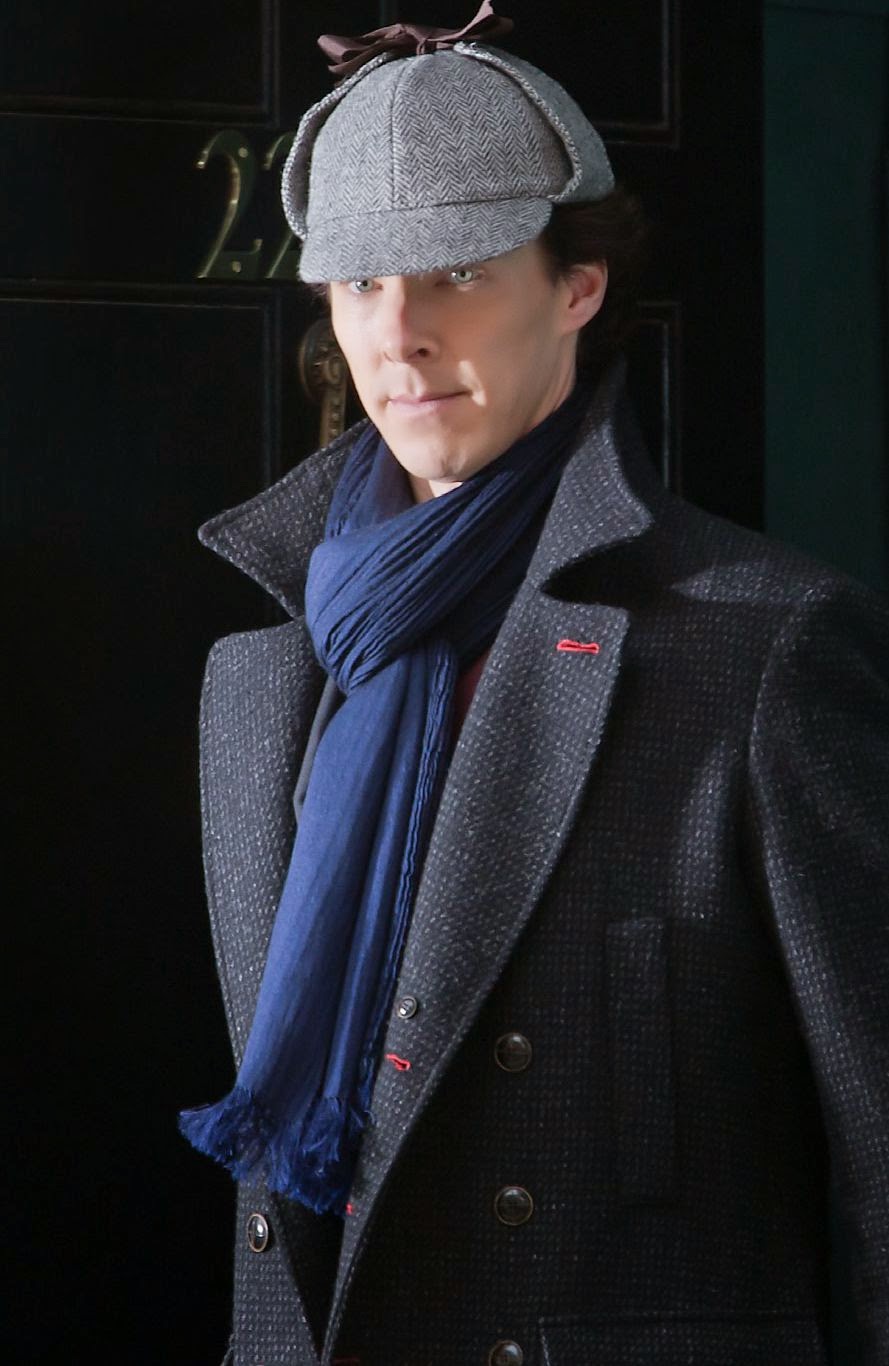If like me, you’re an Elvis fan, and have a copy of the new expanded two-disc edition of Elvis's original 1957 Christmas Album (released by the One label), and are wondering about the story behind the Special Christmas Program on the bonus disc, here is some info about it...
The program was first announced in Billboard on 2 December 1967, just one day in advance of the broadcast the following day. It was broadcast by 2000 radio stations in the U.S under the title of Season’s Greetings From Elvis. Most of the radio stations that took part had received their special program kits a month earlier, which contained a sealed 7 1/2 - i.p.s reel-to-reel tape in a box with a four-page booklet featuring the complete script, and a separate copy of Elvis’s then latest Christmas single, If Everyday Was Like Christmas. The half-hour programme, presented for the holiday season in association with RCA Victor Records and Colonel Tom Parker’s All Star Shows, included Elvis’s new single, plus nine other selections from his original 1957 Christmas album and the two sacred albums, His Hand In Mine and How Great Thou Art. As a bonus to the radio stations carrying the program, RCA also handed out copies of Elvis’s complete record and 8-track tape cartridge catalogs, 100 x Elvis Christmas cards, 50 x 1968 Presley calendars, and a package of Christmas seals and handbills. In addition to the program, RCA also mailed out four-colour posters and ad mats to record stores for local tie-ins by dealers and radio stations.
Overall it seemed like nothing more than a massive promo stunt to push Elvis's new Christmas release. After all, there was nothing particularly special about the contents, which in hindsight consisted of several old Elvis Christmas and Gospel songs, spiced up with a brief seasonal greeting from the King on the beginning of I'll Be Home For Christmas, that was strangely enough, later placed on top of Silent Night on a couple of Christmas compilations in 1982 and 1994, on which the beginning music of I'll Be Home For Christmas, and not Silent Night, can still be heard in the background as Elvis wishes listeners a merry Christmas and a wonderful New Year. But the program became so rare that it prompted some collectors to think that it was only officially produced as a reel-to-reel tape, despite there being some produced as vinyl albums. As Mark Paytress noted in his December 1994 Record Collector article, Christmas With Elvis, when RCA distributed the radio special, they probably had no idea that collectors, all these years later, would pay a four-figure sum for copies, with script and programming information intact, even though it had appeared for a time as a 10-inch bootleg!
In some quarters, it is said that the concept for Season's Greetings From Elvis was what the Colonel had in mind for Elvis's Christmas television special that aired exactly one year after the radio special. And that is probably true. As far as I can work out, the new expanded Christmas Album is the first time it has been released on CD. And although, it may appear to be pretty lame today, it is always good to be treated to something that some of us have never heard before, and despite it missing the inclusion of If Every Day Was Like Christmas and How Great Thou Art, it is still good to have and hear after all these years.
Overall it seemed like nothing more than a massive promo stunt to push Elvis's new Christmas release. After all, there was nothing particularly special about the contents, which in hindsight consisted of several old Elvis Christmas and Gospel songs, spiced up with a brief seasonal greeting from the King on the beginning of I'll Be Home For Christmas, that was strangely enough, later placed on top of Silent Night on a couple of Christmas compilations in 1982 and 1994, on which the beginning music of I'll Be Home For Christmas, and not Silent Night, can still be heard in the background as Elvis wishes listeners a merry Christmas and a wonderful New Year. But the program became so rare that it prompted some collectors to think that it was only officially produced as a reel-to-reel tape, despite there being some produced as vinyl albums. As Mark Paytress noted in his December 1994 Record Collector article, Christmas With Elvis, when RCA distributed the radio special, they probably had no idea that collectors, all these years later, would pay a four-figure sum for copies, with script and programming information intact, even though it had appeared for a time as a 10-inch bootleg!
In some quarters, it is said that the concept for Season's Greetings From Elvis was what the Colonel had in mind for Elvis's Christmas television special that aired exactly one year after the radio special. And that is probably true. As far as I can work out, the new expanded Christmas Album is the first time it has been released on CD. And although, it may appear to be pretty lame today, it is always good to be treated to something that some of us have never heard before, and despite it missing the inclusion of If Every Day Was Like Christmas and How Great Thou Art, it is still good to have and hear after all these years.
As a guide for those wishing to compare the One label version with the original broadcast, according to the script in the booklet that accompanied the tape, the original programming ran as follows: Intro:
Here Comes Santa Claus/Announcer
(Buzz Benson)/Here
Comes Santa Claus/Announcer
(Buzz Benson)/Blue
Christmas/Announcer
(Buzz Benson)/O
Little Town of Bethlehem/Announcer
(Buzz Benson)/Mr.
Robertson/Announcer
(Buzz Benson)/Silent
Night/I'll
Be Home for Christmas/Announcer
(Buzz Benson)/I
Believe/Announcer
(Buzz Benson)/If
Every Day Was Like Christmas/Announcer
(Buzz Benson)/How
Great Thou Art/His
Hand In Mine/Announcer
(Buzz Benson)/Background
Music: I'll Be Home For Christmas/Announcer
(Buzz Benson)/Elvis:
Special Christmas Message/I'll
Be Home for Christmas/Announcer
(Buzz Benson).













